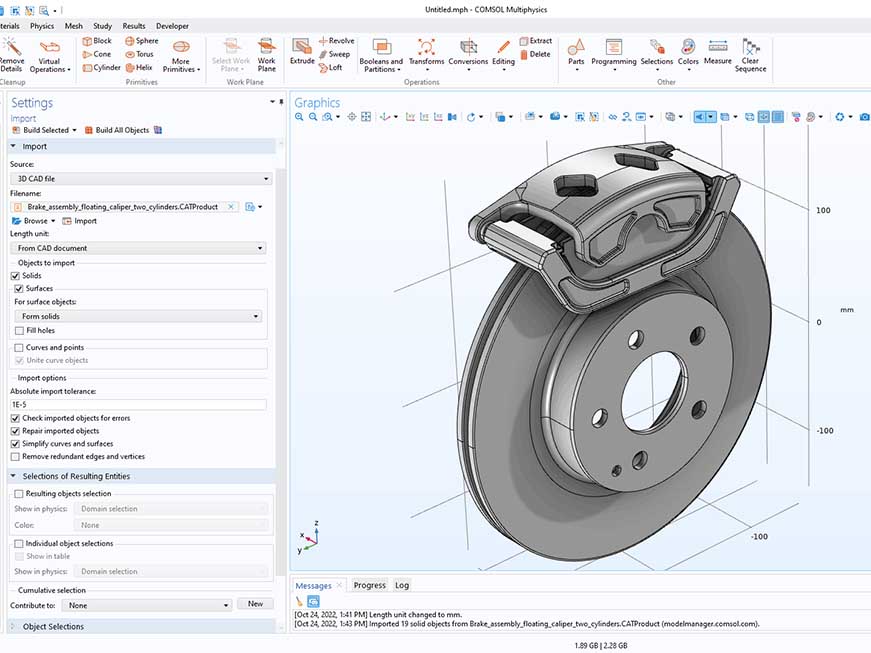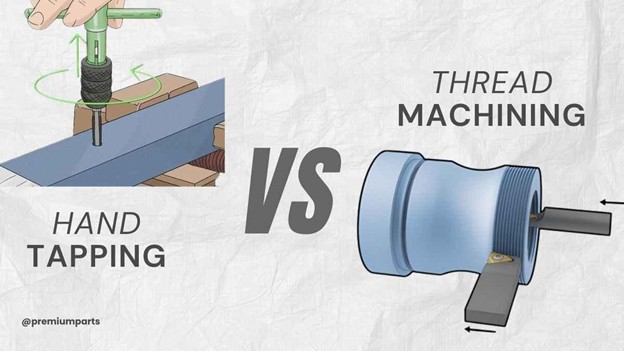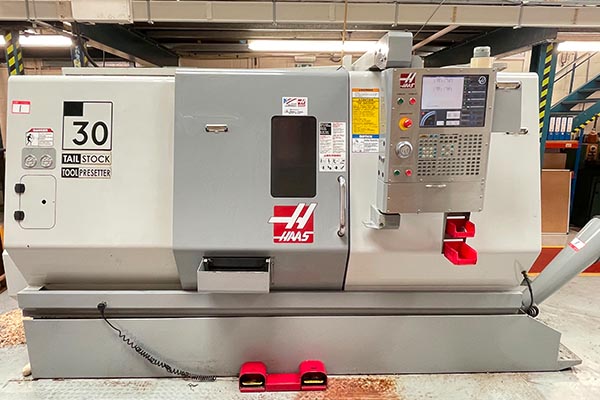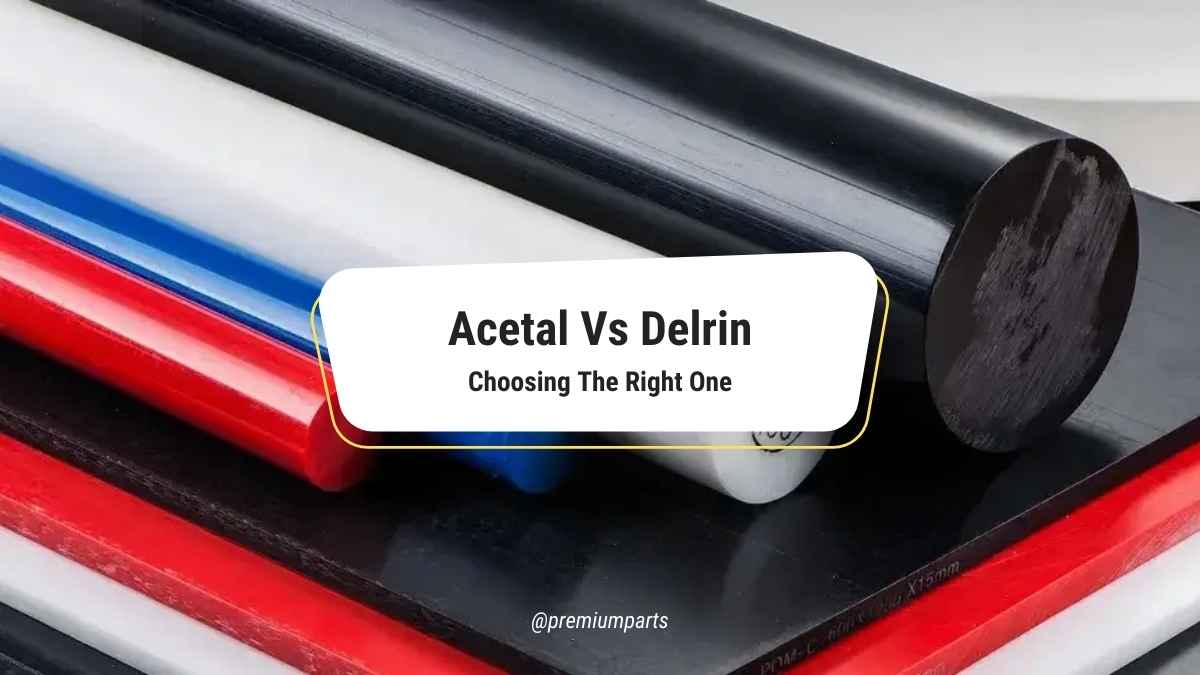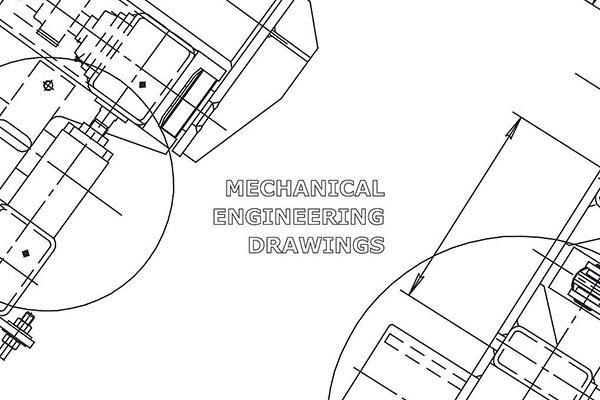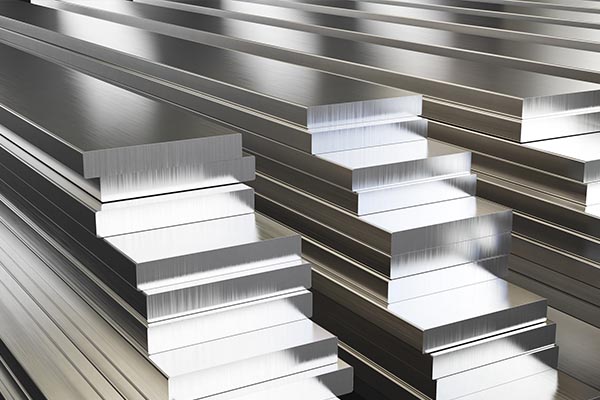Choosing the right aluminum grade from readily available can be challenging. The best alloy selection depends on the application requirement and material characteristics you are looking for. Each aluminum alloy offers unique benefits in terms of machinability, strength, cost, and durability. Manufacturers must consider operational needs, budget limits, and environmental constraints to pick the best grade.
In CNC machining, aluminum is the most frequently used metal. It offers superior features in machining applications. For example, its softness, flexibility, and versatility make it an ideal option. When it comes to aluminum, 6061 Vs 7075 aluminum, 7075 is well known for its hardness, fatigue resistance, and high strength. Contrarily, 6061 aluminum is opted for its high corrosion resistance, and reasonable cost. You must know the core differences to select among these.
In this blog, we have provided an in-depth comparison of 6061 vs. 7075 aluminum alloys, highlighting their machining capabilities, mechanical aspects, working nature, and the best use cases. By the end, you will have a proper understanding of which aluminum alloy fits your requirements.
What is Aluminum 6061?
The alloy 6061 mainly contains elements like magnesium and silicon for high mechanical performance. Manufacturers often use Aluminum 6061 because it shows strong performance against corrosion while being easy to fabricate. Besides, it encompasses high strength and flexibility, which makes it perfect for construction tasks.
Furthermore, its protection against rust enables it to be used in marine, aerospace, and automotive applications. The mechanical strength of 6061 aluminum improves when it goes through heat treatment. The alloy maintains high durability while being easily welded and machined. Manufacturers depend on this material because it fits their needs for producing aluminum components that perform well.
What is Aluminum 7075?
Aluminum 7075 has zinc alongside small traces of magnesium and copper. It holds the highest strength among all aluminum alloys. Because it can withstand high tension and resists fatigue. Aerospace, military, and high-performance automotive industries benefit from 7075 because of its powerful strength compared to its weight.
However, on the downside, the material shows poor corrosion resistance. Therefore, it needs protective coatings for outside positions. The material proves relatively hard to machine yet offers exceptional strength to tolerate the obstacles. Engineers choose 7075 aluminum because of its superior strength and endurance for tough tasks under challenging settings.
Composition and Properties of 6061 vs. 7075 Aluminum
You need to choose an aluminum alloy based on what it is made of and how it performs. These two aluminum types bring special qualities that make each suitable for particular uses. Your project’s success depends on knowing how each type of aluminum reacts to environmental factors and performs mechanically.
Chemical Composition Comparison
6061 aluminum differs from 7075 aluminum in its composition because it contains more silicon and magnesium, but 7075 has more zinc to deliver superior strength. The following chart shows the main alloying components for each aluminum.
| Element | 6061 Aluminum (%) | 7075 Aluminum (%) |
| Aluminum (Al) | 95.8 – 98.6 | 87.1 – 91.4 |
| Magnesium (Mg) | 0.8 – 1.2 | 2.1 – 2.9 |
| Zinc (Zn) | 0.25 max | 5.1 – 6.1 |
| Silicon (Si) | 0.4 – 0.8 | 0.4 max |
| Iron (Fe) | 0.7 max | 0.5 max |
| Copper (Cu) | 0.15 – 0.4 | 1.2 – 2.0 |
| Chromium (Cr) | 0.04 – 0.35 | 0.18 – 0.28 |
Corrosion Resistance
The Magnesium and Silicon in 6061 aluminum naturally protect it from corrosion when used outdoors or in marine environments. It naturally resists corrosion in wet and salty conditions without needing any protective layers.
The high amount of zinc and copper in 7075 aluminum makes it more likely to corrode. Although special protective coatings like anodizing improve corrosion protection, the material is less suitable for long-term exposure to wet conditions.
Mechanical Properties: Strength, Hardness, and Toughness
The 7075 aluminum is almost twice as strong as 6061 aluminum while handling maximum load-bearing applications. However, its increased strength decreases its ability to stretch and work with tools.
| Property | 6061-Aluminum | 7075-Aluminum |
| Tensile Strength (MPa) | 310 | 572 |
| Yield Strength (MPa) | 276 | 503 |
| Hardness (Brinell) | 95 | 150 |
| Elongation at Break (%) | 12 | 11 |
| Density (g/cm³) | 2.70 | 2.81 |
6061 aluminum has high machineability, and it stretches further than other alloys before cracking. Applications that demand shaping and welding procedures usually prefer it because of its many advantages. The aerospace industry mostly uses 7075, while general fabrication projects pick 6061 for their structural parts and piping needs.
At Premium Parts, our technical experts provide personalized suggestions and recommendations regarding what material and thickness best suit your project requirements.
Thermal and Electrical Conductivity Differences
6061 aluminum stands out for its engineering aspects. Its thermal conductivity at 167 W/m·K makes it a preferred material for heat sinks and engine-related parts. The products manufactured perform better at heat dissipation, which keeps industrial and electronic equipment temperatures steady.
The thermal conductivity of 7075 aluminum at 130 W/m·K is lower than 6061 aluminum due to its stronger alloying elements. Despite its thermal properties, 7075 aluminum does not work well in highly thermal circumstances.
Moreover, 6061 aluminum delivers 43% IACS electrical conductivity, while 7075 aluminum achieves about 33% IACS. The electrical industry uses 6061 aluminum extensively because it allows effective energy transmission in power distribution systems.
6061 aluminum provides better thermal and electrical performance than 7075 aluminum for its applications. When mechanical strength takes priority over electrical performance, 7075 remains the top choice.
Cost Considerations
Budget concerns come at the top priority. Since 6061 costs less and machines well, it works best for basic applications. 7075’s added zinc and copper raise its price but provide better strength.
The low price of 6061 aluminum comes from its common use and easy processing. The material needs special tools because 7075 aluminum remains hard to machine but saves tools and reduces processing time, which lowers expenses. Companies looking for top-quality parts despite the higher expenses find 7075 as a reliable option.
Long-Term Cost Efficiency
Despite better rust protection, the 6061 material needs less maintenance than 7075 because it handles mechanical stress better. It stays durable longer and saves maintenance costs, while 7075 stands up to heavy loads better to reduce part failures/cracking. Your choice between alloys should consider how much you spend now compared to the life of the product.
Strength vs. Weight Trade-Off
The relationship between strength and weight determines which material works best. 7075 offers double the strength of 6061, but 6061 maintains better workability and machineability.
Which Alloy Offers the Best Strength-to-Weight Ratio?
The material 7075 offers high strength at very little additional weight. The material fits well into heavy-duty aerospace, military, and racing industries because of its excellent strength and weight balance. Although 6061 is less rigid than 7075, it works for flexible structural elements.
Choosing Alloy Based on Stress and Load
The 6061 aluminum alloy performs well under normal forces and shock loads while remaining suitable for bicycle frames and marine structures. Despite having lower strength than 7075, it is the optimal choice for aircraft frames and high-performance automotive parts. Each manufacturing process needs a specific aluminum alloy selection based on the unique stress it faces.
Heat Treatment and Surface Finishing
Aluminum types 6061 and 7075 require heat treatment to develop their mechanical strength. Surface finishing makes aluminum products stronger against corrosion while delivering a better overall appearance.
Heat Treatment Processes for 6061 and 7075
The heat treatment of 6061 aluminum into T6 and T651 tempers strengthens the material while keeping it resistant to brittle failure. When treated with T6 or T73 methods, 7075 aluminum achieves superior hardness but becomes harder to form.
Anodizing and Coating Options
6061 develops an outstanding oxide coating through anodizing, which performs well in marine and aerospace sectors, while 7075 needs special anodizing to avoid micro-crack formation due to its zinc content. Coating methods like powder and conversion help protect aluminum from extreme conditions. Your choice of finishing method relies on how you will use the aluminum and the length of time it needs to stay strong.
Selecting the Best Aluminum Alloy Matches Your Project Needs
The best aluminum alloy between 6061 vs 7075 depends on how you will use it in your project. Every aluminum alloy type brings unique performance benefits, including mechanical strength, workability, defense against corrosion, and cost efficiency. Engineering teams need to check the work conditions and environmental risks alongside their spending plans for their selection.
How to Decide Alloy Type Based on Application Needs?
General applications benefit most from the use of 6061 aluminum material. 6061 has great cutting properties, plus guards against corrosion while remaining affordable. Usually, automotive manufacturers use it for developing custom auto components, and parts production while also making marine equipment and bicycle frames, plus designing architectural elements.
You can opt for 7075 for demanding performance jobs. The material delivers a strong performance while resisting fatigue and enduring well under stress. The material takes more advanced tools to shape because it resists machining well.
General Considerations For Making the Right Choice
- The material 6061 offers a competitive price advantage and easy manufacturing along with corrosion resistance.
- The high strength of 7075 aluminum makes it suitable for handling demanding loads.
- Look at how the product works in its surroundings, handles stress, and how easy it is to create.
- Projects that need to keep costs down should use 6061.
- The best choice for demanding performance jobs is 7075 aluminum.
Picking the best alloy improves both product lifespan and performance while saving money.
Applications of 6061 and 7075 Aluminum
Selecting an aluminum alloy depends on how strong and durable it is, together with its weight characteristics under various environmental conditions. These aluminum alloys bring separate features that work best in specific industrial and engineering uses.
When To Choose Aluminum 6061?
The properties of 6061 aluminum make it useful for many applications because of its resistance to corrosion and easy processing. The material has both powerful and workable qualities, which makes it popular across various sectors.
- Structural components – Ideal for bridges, towers, and construction frameworks.
- The material performs well in fluid transport because it resists oxidation.
- Automotive frames – Provide lightweight durability for vehicle structures.
- Aerospace components – Suitable for non-critical structural aircraft parts.
- Marine environments – People use 7075 aluminum for boat bottoms and seaside facilities that face water exposure.
This material stands out because it resists corrosion and handles environmental conditions better than other materials in wet or outdoor settings.
When To Choose 7075 Aluminum?
Projects that need excellent strength performance and lightweight design use 7075 aluminum in their construction. It is commonly used in:
- Aerospace manufacturers select 7075 aluminum for building aircraft wings, fuselage elements, and landing gear parts.
- Bicycles made from 7075 aluminum are best for racing and mountain biking.
- Military-grade weapons – Used in firearms, defense vehicles, and combat equipment.
- Automotive suspension – Enhances durability under extreme stress.
- Extreme sport gear functions best for automobile racing and off-road adventures.
Conclusion
Selecting between 7075 vs 6061 aluminum depends on your project needs and specifications. If you need parts with good corrosion resistance, machining ease, and economical operation, 6061 aluminum is a good choice. On the contrary, if your application demands high strength and fatigue resistance, 7071 is the right fit. Both have their pros and cons. Knowing these factors helps in selecting the right alloy and improving the output of your projects.
Still unsure which aluminum to select for your work? Visit Premium Parts to compare 6061 and 7075 aluminum and make a proper selection today!
Frequently Asked Questions (FAQs)
Q1: Which metal works best in machine operations?
The material 6061 machines well because it contains lower hardness, which benefits basic fabrication work.
Q2: Which alloy is more cost-effective?
6061 remains the low-cost choice because it is widely used and easy to work with.
Q3: Can 7075 aluminum be welded?
The welding of 7075 aluminum needs specific methods because it proves harder to work with than 6061.
Q4: Which metal shows a higher ability to conduct heat?
6061 aluminum conducts heat better than any other alloy for usage in temperature control systems.
Q5: What industries commonly use 7075 aluminum?
The aerospace, military applications, and top-performing vehicles depend heavily on 7075.



